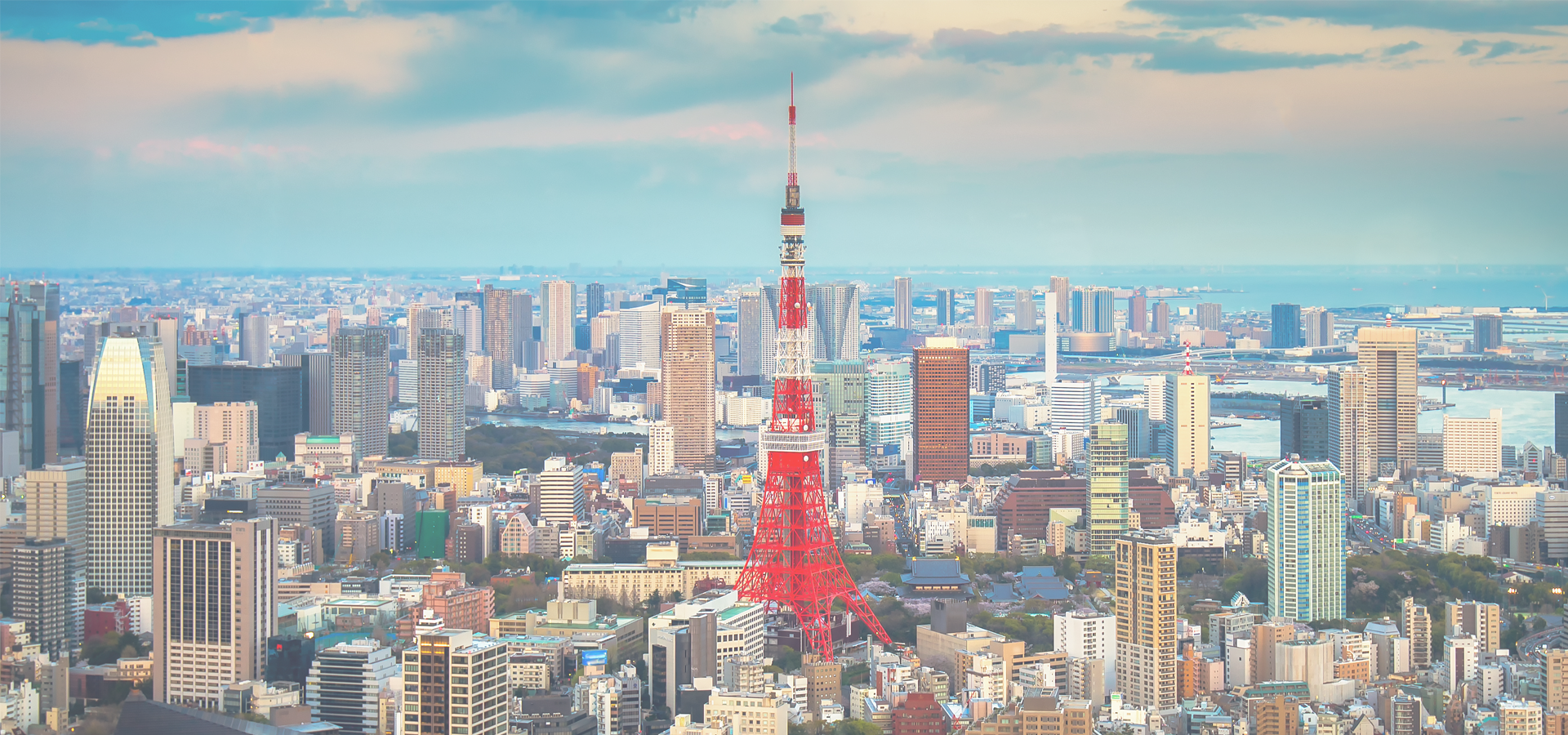Chikuma, Nagano Prefecture, Chūbu Region, Japan
🇯🇵 Chikuma (千曲市, Chikuma-shi) is a city located in Nagano Prefecture, Japan. As of 1 March 2023, the city had an estimated population density of 490 persons per km². The total area of the city was 119.79 square km (46.25 sq mi).
Geography Chikuma is located in the Chikuma River valley, south of Nagano city, at the junction of the Joshin-etsu Expressway and the Nagano Expressway.
Surrounding municipalities Nagano Prefecture ◦ Nagano; ◦ Ueda; ◦ Omi; ◦ Chikuhoku; ◦ Sakaki.
Demographics Per Japanese census data, the population of Chikuma peaked around the year 2000 and has declined slightly since.
History The area of present-day Chikuma was part of ancient Shinano Province and has been settled since prehistoric times. There are numerous burial tumuli in the city, including the Mori Shogunzukakofun, a mountaintop keyhole-shaped tomb dating from near the end of the Kofun period, which is one of the latest of its type in eastern Japan. During the Nara period, the area around the Shinano River was the settling for numerous poems in the Man'yōshū. The area was part of the holdings of Matsushiro Domain during the Edo period, and also prospered from a series of post stations on the pilgrimage route to the famed Zenkō-ji temple. The modern city of Chikuma was founded on September 1, 2003 by the merger of the former city of Koshoku, the town of Kamiyamada (from Sarashina District), and the town of Togura (from Hanishina District).
Government Chikuma has a mayor-council form of government with a directly elected mayor and a unicameral city legislature of 24 members.
Economy Chikuma is known for its production of knitted goods, food processing and light machinery manufacturing. Horticulture, especially that of apricots forms an important sector of the local economy.
Education Chikuma has nine public elementary schools and four public middle schools. The city has one public high school operated by the Nagano Prefectural Board of Education, and one combined public middle/high school. The prefecture also operates one special education school.
Transport: Rail • East Japan Railway Company - Shinonoi Line; ◦ Obasute • Shinano Railway - Shinano Railway Line; ◦ Togura - Chikuma - Yashiro - Yashiro-kōkō-mae.
Transport: Road • Nagano Expressway • Jōshin-etsu Expressway • National Route 18 • National Route 403
Local attractions • Anzu no Sato (あんずの里), or "Apricot Village", a collection of adjacent valleys containing numerous groves of apricot trees. • Togura Kamiyamada Onsen (戸倉上山田温泉), a popular hot spring area. • The Obasute rice terraces (姨捨の棚田, Obasute no tanada) are a Designated Cultural Landscape of Japan.
Former city of Koshoku Koshoku (更埴) is the largest of the three municipalities that were joined to form the current Chikuma city. Spanning the Chikuma River and bordering Nagano city to the south, it entends from the apricot fields of Anzu no Sato in the east to the highland area Hijiri Kogen in the west. Koshoku's history dates back to the Kofun Period, and several major archaeological sites remain. Later, in the Meiji Period, the inns located in Inariyama became a popular stopover for pilgrims en route to Zenkō-ji.
Former town of Kamiyamada Kamiyamada (上山田) lies on the western bank of the Chikuma River, just north of the town of Sakaki. A popular hot spring village dating back to the 19th century, the town was one of many places of lodging on the pilgrimage route to Zenkō-ji.
Former town of Togura Togura (戸倉) lies on the east bank of the Chikuma River, across from Kamiyamada Onsen. With a history similar to that of Kamiyamada, it contains some hot spring bath facilities as well as the area's only railway station.
Tokyo Time

Chikuma has a population of over 58,124 people. Chikuma also forms one of the centres of the wider Nagano Prefecture which has a population of over 2,052,493 people.
To set up a UBI Lab for Chikuma see: https://www.ubilabnetwork.org Twitter: https://twitter.com/UBILabNetwork
🇺🇸 Clarksville 36.531
🇪🇸 Medina-Sidonia 36.467
🇯🇵 Minami-Alps 138.46
Locations Near: Chikuma 138.134,36.5344
🇯🇵 Nagano 138.191,36.649 d: 13.7
🇯🇵 Ueda 138.257,36.402 d: 18.3
🇯🇵 Suzaka 138.312,36.648 d: 20.3
🇯🇵 Matsumoto 137.967,36.233 d: 36.7
🇯🇵 Shiojiri 137.966,36.116 d: 48.9
🇯🇵 Saku 138.492,36.257 d: 44.5
🇯🇵 Chino 138.161,35.996 d: 59.9
🇯🇵 Jōetsu 138.239,37.149 d: 69
🇯🇵 Higashiagatsuma 138.817,36.567 d: 61.1
Antipodal to: Chikuma -41.866,-36.534
🇨🇱 La Reina -33.45,-33.45 d: 19175.6
🇧🇷 Tubarão -49,-28.467 d: 18896.8
🇧🇷 Criciúma -49.372,-28.678 d: 18894.6
🇧🇷 Rio Grande -52.099,-32.041 d: 18951.3
🇧🇷 São José -48.617,-27.6 d: 18836.2
🇧🇷 Viamão -51.023,-30.088 d: 18903.5
🇧🇷 Palhoça -48.667,-27.633 d: 18836.9
🇧🇷 Gravataí -50.983,-29.933 d: 18894.6